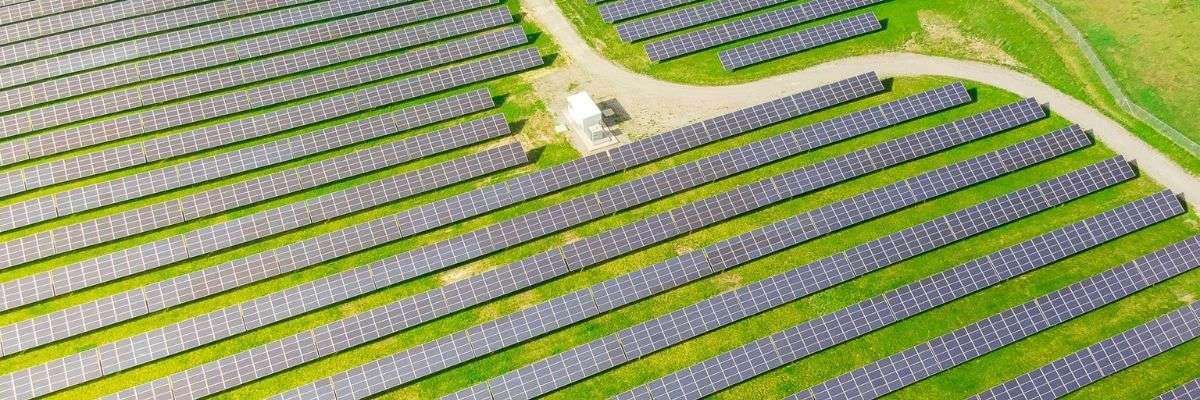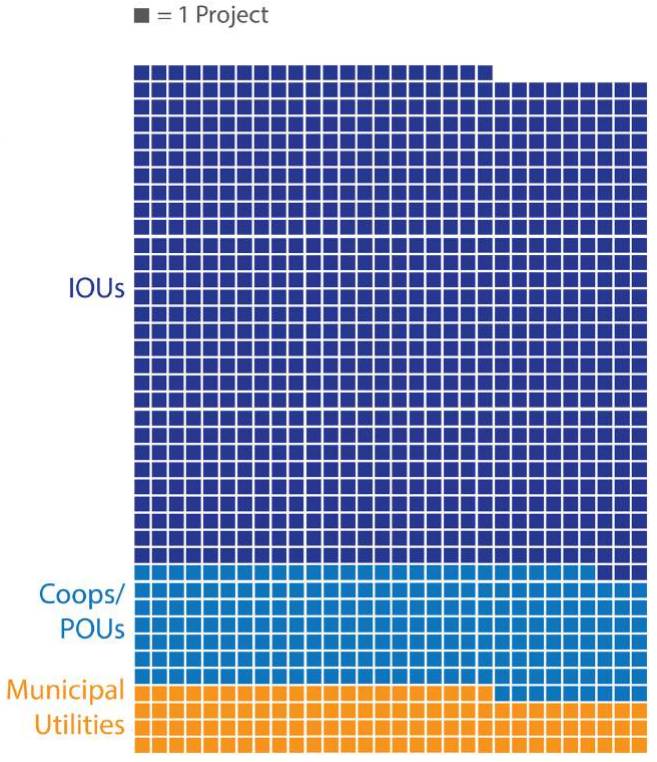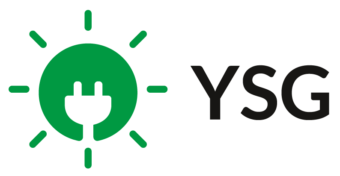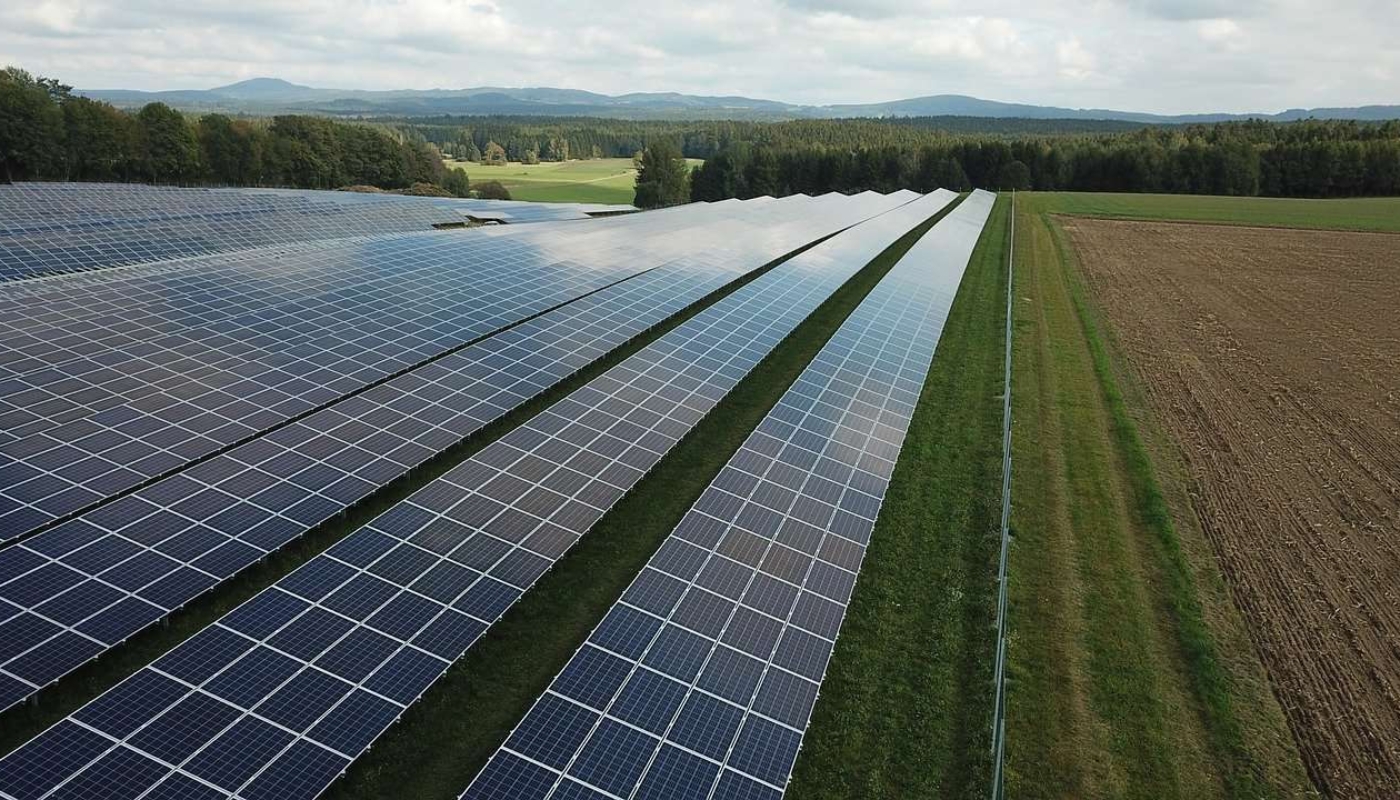In recent years, community solar has emerged as one of the fastest-growing segments of the U.S. solar market, with states like New York, Massachusetts, and Minnesota leading the way for solar deployment nationwide. Indeed, NY recently became the first state in the country to reach the milestone of 1 GW of installed, operational community solar. Much of this rapid growth is down to the value and accessibility of the community solar model. In this article, we will examine why more and more energy customers are turning to community solar subscriptions to save on their utility bills.
What is Community Solar?
The community solar model allows multiple subscribers to purchase the energy generated by a single, shared photovoltaic array. This allows those customers who are unable to install panels at their own property to sign up for community solar and enjoy the associated benefits of going solar without the need for an on-site installation. In their 2020 report, ‘Sharing the Sun: Understanding Community Solar Deployment and Subscriptions’, the National Renewable Energy Laboratory (NREL) defines community solar as “a product where the financial benefits of a single solar photovoltaic array are distributed among an exclusive group of customers that have chosen to subscribe to the program.” The key terms of this definition are as follows:
- Financial Benefits: Within the community solar structure, some part of the financial gains arising from the generation of electricity are conveyed to subscribers.
- Exclusive: All community solar programs are exclusive—they serve an exclusive set of subscribers within a specific utility/community choice aggregation service territory.
- Chosen: The community solar model operates on an opt-in basis, wherein subscribers choose to participate through contractual payments or another non-financial transaction.
The Growth of the Community Solar Market
As noted above, community solar has seen significant growth in recent years, with cumulative community solar capacity growing by roughly 130% year over year from 2010 to 2019. As of the end of 2021, 4.6 GW of community solar has been installed across the country. 41 states, plus D.C., have at least one community solar project online, and the U.S. community solar market is projected to add more than 4.3 GW of additional capacity over the next five years. Over the years, the typical community solar project has become larger in size and, coupled with increased deployment, this has increased overall community solar capacity in the U.S.
Community Solar Deployment by Utility Type
According to the aforementioned 2020 NREL report on community solar, the majority of capacity (79%) and projects (72%) are located in investor-owned utility (IOU) service territories. Nonetheless, deployment of smaller-scale projects has also been growing, with over 320 projects deployed by electric cooperatives, publicly-owned utilities, and municipal utilities at the time of the report’s publication. The graphic below, taken from the report, illustrates the spread of community solar deployment by utility type.
How Does a Community Solar Subscription Provide Value for Customers?
Using residential subscriber contract data for over 300 projects, the NREL built a cash flow model to calculate the net present value (NPV) of the contracts, using a methodology which was sensitive to future retail rate changes, solar production, and economic variables. The NREL then presented a number of charts and graphics detailing the value of a community solar subscription for customers. Below, we will examine some of the data presented.
Program payment methods for residential community solar subscribers are diverse, with the NREL offering the following breakdown in their report.
- 46% offer up-front payments.
- 22% offer monthly volumetric payments.
- 21% offer a hybrid model—a combination of different up-front and monthly payments.
- 15% offer multiple payment structures, typically a combination of upfront and fixed monthly payments.
- 8% offer a fixed discount over the customer’s electricity rate rather than a payment.
Using the methodology outlined in the report, the NREL found that over 80% of projects have a positive NPV for residential community solar subscribers. Over the course of the community solar subscription, the vast majority of projects result in positive net benefits for customers. These project NPVs also vary depending on utility type and the state in which the project is located. Things like local electricity rates, local solar resources, and contract structures impact the potential value of a community solar project for customers. Broadly speaking, it appears that the value proposition of community solar is higher in IOU service territories, with Minnesota and Massachusetts leading the pack in terms of states which provide the highest value.
Leasing Your Land for a Solar Farm
An important factor in the growth of community solar is the urban-rural partnership generated by community solar and solar land leases working cooperatively. This mutually-beneficial relationship between the community solar model and solar land leasing leads to positive outcomes for landowners, energy customers, and the local community in general. Solar land leases allow for the development of large-scale solar farms which could ultimately serve as community solar projects. This provides greater solar accessibility for local energy consumers, while also allowing landowners to generate a stable, consistent income stream via the solar land lease. If you are interested in leasing your land for a solar farm project, YSG is currently seeking suitable land in the following states:
- Arkansas
- California
- Connecticut
- Delaware
- Illinois
- Maine
- Maryland
- Massachusetts
- Michigan
- Minnesota
- New Jersey
- New York
- Pennsylvania
- Rhode Island
- Vermont
- Virginia
Are you interested in going solar but unable to install panels on-site? A community solar subscription could be the answer. Reach out to YSG Solar today to learn more about the community solar model and how much you could save with a community solar subscription. Call the office at 212.389.9215 or send us an email to speak to a solar professional.
YSG Solar is a project development company responsible for commoditizing energy infrastructure projects. We work with long-term owners and operators to provide clean energy assets with stable, predictable cash flows. YSG's market focus is distributed generation and utility-scale projects located within North America.
Sources:

